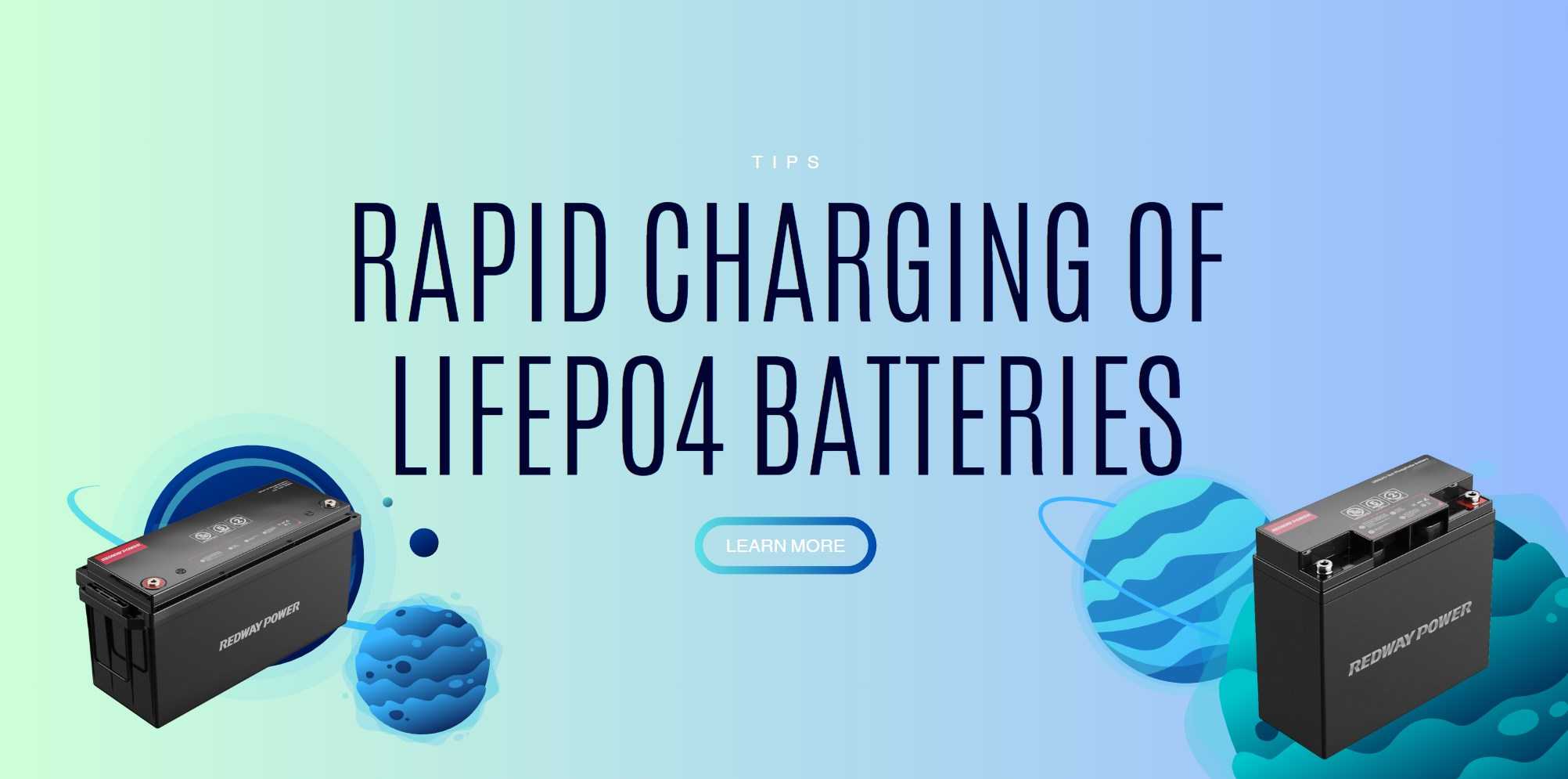Why Are LiFePO4 Batteries Gaining Popularity in South Africa as an Alternative Power Source During Electricity Shortages?
In recent years, South Africa has faced significant challenges related to electricity shortages and load shedding. As a result, the demand for reliable and sustainable power sources has surged. Among the various alternatives available, LiFePO4 batteries (Lithium Iron Phosphate) have emerged as a leading choice. This article explores the reasons behind the growing popularity of LiFePO4 batteries in South Africa, their advantages, and how they serve as a viable solution during these challenging times.
Understanding the Electricity Crisis in South Africa
South Africa’s electricity crisis has been exacerbated by aging infrastructure, insufficient investment in new power generation, and increasing demand. Frequent load shedding has forced individuals and businesses to seek alternative energy solutions to maintain operations and ensure comfort.
The Impact of Load Shedding
- Economic Consequences: Load shedding disrupts businesses, leading to financial losses and reduced productivity.
- Social Implications: Communities face challenges in accessing essential services, impacting daily life.
- Increased Demand for Alternatives: The need for reliable backup power sources has never been more critical.
What Are LiFePO4 Batteries?
LiFePO4 batteries are a type of lithium-ion battery known for their safety, stability, and long cycle life. They are particularly well-suited for applications requiring reliable energy storage solutions.
Key Features of LiFePO4 Batteries
- Safety: They are less prone to thermal runaway compared to other lithium-ion batteries.
- Long Lifespan: Capable of over 2000 charge cycles with minimal degradation.
- High Energy Density: Provides more energy per unit weight compared to traditional lead-acid batteries.
Advantages of LiFePO4 Batteries for South African Consumers
The growing popularity of LiFePO4 batteries in South Africa can be attributed to several key advantages:
1. Enhanced Safety Features
LiFePO4 batteries are renowned for their thermal stability. This characteristic makes them significantly safer than other lithium-ion batteries, reducing risks associated with overheating or fires—an essential consideration during widespread power outages.
2. Cost-Effectiveness Over Time
While the initial investment in LiFePO4 batteries may be higher than traditional options, their long lifespan and low maintenance costs make them a more economical choice in the long run. Users can expect lower replacement rates and reduced operational costs.
3. Environmental Benefits
LiFePO4 batteries are composed of non-toxic materials, making them an environmentally friendly option compared to lead-acid batteries. As South Africa strives for sustainable energy solutions, these batteries align with national goals for greener energy practices.
4. Versatility Across Applications
LiFePO4 batteries can be utilized in various applications, including:
- Residential Solar Systems: Providing backup power during outages.
- Electric Vehicles: Offering efficient energy storage for electric mobility.
- Industrial Applications: Supporting critical operations in factories and warehouses.
Recent Trends and Developments in South Africa
As of October 2024, the demand for LiFePO4 batteries continues to rise in South Africa due to ongoing electricity shortages. Recent developments include:
Government Initiatives
The South African government is encouraging investments in renewable energy sources and energy storage systems. This support fosters growth in the LiFePO4 battery market, making it more accessible to consumers.
Technological Advancements
Innovations in battery technology are enhancing the performance and affordability of LiFePO4 batteries. Manufacturers are focusing on improving energy density and reducing charging times, making them even more appealing to consumers.
Data Chart: Comparison of Battery Types
| Feature | LiFePO4 Batteries | Lead-Acid Batteries | Other Lithium-Ion Batteries |
|---|---|---|---|
| Lifespan (Cycles) | 2000+ | 500-1000 | 1000-1500 |
| Safety | High | Moderate | Moderate |
| Energy Density (Wh/kg) | 90-160 | 30-50 | 150-250 |
| Environmental Impact | Low | High | Moderate |
| Cost (per kWh) | Higher Initial | Lower Initial | Moderate |
FAQs About LiFePO4 Batteries in South Africa
1. Why should I choose LiFePO4 batteries over lead-acid?
LiFePO4 batteries offer longer lifespans, greater safety features, and better environmental benefits compared to lead-acid batteries.
2. How do I maintain my LiFePO4 battery?
Regular monitoring of charge cycles and ensuring optimal temperature conditions will help maintain battery health. Using a quality Battery Management System (BMS) is recommended.
3. Can I use LiFePO4 batteries with solar systems?
Yes, LiFePO4 batteries are an excellent choice for solar energy storage systems due to their efficiency and reliability.
4. What is the typical charging time for a LiFePO4 battery?
Charging times can vary based on capacity and charger specifications but typically range from 1 to 5 hours for full charge.
Conclusion: The Future of Energy Storage in South Africa with LiFePO4 Batteries
As South Africa navigates its electricity crisis, the adoption of innovative solutions like LiFePO4 batteries is paramount. Their safety, longevity, and environmental benefits position them as a leading alternative power source during electricity shortages.At Redway Battery, we specialize in manufacturing high-quality Lithium LiFePO4 batteries tailored to meet diverse needs. With extensive experience in providing custom solutions for 12V, 48V, and 72V applications, we invite you to contact us today for a quick quote and explore how our products can enhance your energy independence!
How Can We Achieve Rapid Charging of LiFePO4 Batteries?
In the realm of modern energy solutions, LiFePO4 batteries (Lithium Iron Phosphate) have emerged as a preferred choice due to their safety, stability, and long cycle life. As we delve into the intricacies of rapid charging for these batteries, we will explore the technology behind them, the benefits of rapid charging, and practical strategies for optimizing charging times.
Understanding LiFePO4 Battery Technology
LiFePO4 batteries are known for their unique chemistry, which provides several advantages over traditional lithium-ion batteries. The phosphate component contributes to enhanced thermal stability and safety, making these batteries less prone to overheating and fire risks.
Key Characteristics of LiFePO4 Batteries
- High Thermal Stability: LiFePO4 batteries can withstand higher temperatures without degrading.
- Long Cycle Life: These batteries can endure over 2000 charge cycles with minimal capacity loss.
- Environmentally Friendly: Composed of non-toxic materials, they are more sustainable than other lithium-ion batteries.
Benefits of Rapid Charging
Rapid charging technology allows LiFePO4 batteries to be charged significantly faster than conventional methods. This capability is crucial in various applications, from electric vehicles to renewable energy storage systems.
Advantages of Rapid Charging
- Increased Efficiency: Reduces downtime and enhances productivity in applications requiring quick energy replenishment.
- Enhanced User Experience: Shorter charging times improve user satisfaction, particularly in consumer electronics and electric vehicles.
- Cost-Effective Operations: Businesses can reduce operational costs by minimizing the time equipment is offline.
How to Optimize Rapid Charging of LiFePO4 Batteries
To achieve rapid charging effectively, several factors must be considered:
1. Charge Rate Optimization
The charge rate is pivotal in determining how quickly a battery can be charged. For LiFePO4 batteries, a typical charge rate is 1C (where C represents the capacity of the battery). However, advanced battery management systems (BMS) can allow for higher rates without compromising safety.
2. Advanced Battery Management Systems (BMS)
A sophisticated BMS is essential for monitoring battery health during rapid charging. Key functions include:
- Temperature Monitoring: Prevents overheating by adjusting the charge rate based on thermal conditions.
- Cell Balancing: Ensures all cells within the battery pack are charged uniformly, prolonging battery life.
- State of Charge (SoC) Management: Accurately tracks the battery’s charge status to optimize charging cycles.
3. Use of Quality Chargers
Investing in high-quality chargers specifically designed for LiFePO4 batteries can significantly impact charging efficiency. These chargers should support:
- Smart Charging Technology: Automatically adjusts current and voltage based on battery requirements.
- Multiple Charging Modes: Offers options such as fast charge, trickle charge, and maintenance modes.
4. Temperature Control
Charging at optimal temperatures (typically between 20°C to 25°C) enhances efficiency and safety. Implementing cooling systems or thermal management strategies can help maintain ideal conditions during rapid charging.
Recent Developments in Rapid Charging Technology
As of October 2024, recent advancements have been made in rapid charging technologies specifically tailored for LiFePO4 batteries. Researchers are exploring innovative materials and designs that can further reduce charging times while maintaining safety standards.
Emerging Technologies
- Solid-State Batteries: These next-generation batteries promise faster charging times and increased safety by using solid electrolytes instead of liquid ones.
- Graphene-Based Solutions: Graphene technology is being tested to enhance conductivity and reduce internal resistance, potentially leading to ultra-fast charging capabilities.
FAQs About Rapid Charging of LiFePO4 Batteries
1. What is the maximum charge rate for LiFePO4 batteries?
The maximum charge rate typically ranges from 1C to 3C depending on the specific battery design and manufacturer recommendations.
2. How does temperature affect rapid charging?
Charging at elevated temperatures can increase the risk of thermal runaway, while low temperatures may slow down the chemical reactions necessary for efficient charging.
3. Can I use a regular lithium-ion charger for my LiFePO4 battery?
No, it is crucial to use a charger specifically designed for LiFePO4 chemistry to ensure safety and optimal performance.
4. What are the signs that my LiFePO4 battery is not charging properly?
Common indicators include excessive heat during charging, unusual swelling or deformation, or a significant drop in capacity over time.
Conclusion: Embracing the Future of Energy Storage with Rapid Charging
The rapid charging capabilities of LiFePO4 batteries represent a significant leap forward in energy storage technology. By understanding the underlying principles and implementing best practices for optimization, industries can harness this technology to improve efficiency and sustainability.As we continue to innovate and refine these processes, we at Redway Battery remain committed to providing custom lithium LiFePO4 battery solutions tailored to meet diverse needs worldwide. For those interested in exploring rapid charging solutions or seeking wholesale options, we invite you to contact us for a quick quote today!









